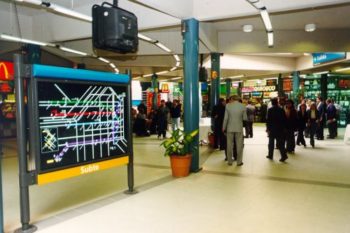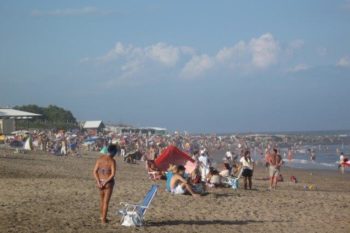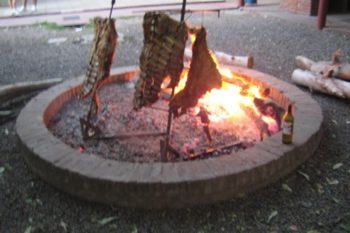Due to its strategic location, Plaza de Mayo has been the focal point of Argentinean political life from early on. The plaza is surrounded by the presidential palace (Casa Rosada, or Pink House), the historic Cabildo (town hall), the headquarters of Nación Bank, ministerial buildings, the cathedral, the secret service building, the Internal Revenue offices and the modern town hall.

This is where people congregated in May 1810 to hear the news about the incipient revolution and the formation of an independent government from Spain. Plaza de Mayo is where crowds have traditionally gathered to protest against the government or to support it, or to celebrate winning the World Cup and greet the players, Diego Maradona among them.
The Mothers of the Disappeared (Madres de Plaza de Mayo) have convened here every Thursday since the 1970s to demand the apparition of their children. They still do.
This is the place where thousands gathered in 1951 to hear Evita Perón’s farewell speech before she passed away, a speech that came down in history as El renunciamiento de Evita. Years later, in 1955, the whole area was bombed in a successful attempt to oust President Perón, led by dissident generals (one of which is my friend’s great-uncle). Many innocent people died that day.

By sheer coincidence, both my grandfathers were in the area at the time. One was working nearby and went to see what was going on –not a clever move, by his own admission. My maternal grandfather was in the secret service then and that day he was working in his office inside the presidential palace.
Both survived.
I can attest to that.
Read more
The floor of the Cathedral of Buenos Aires




